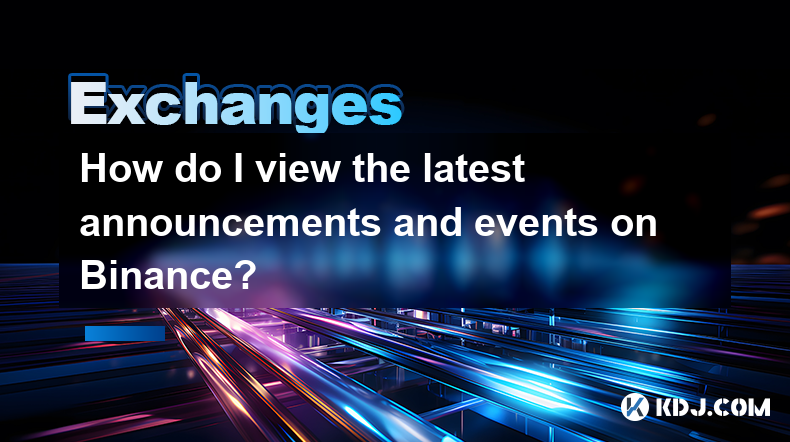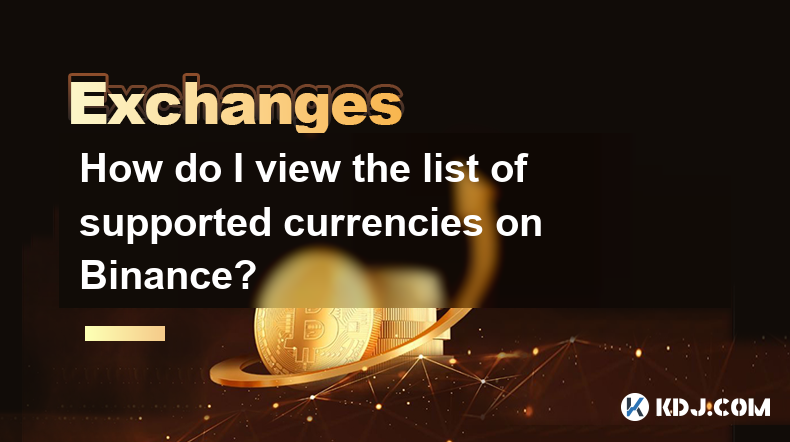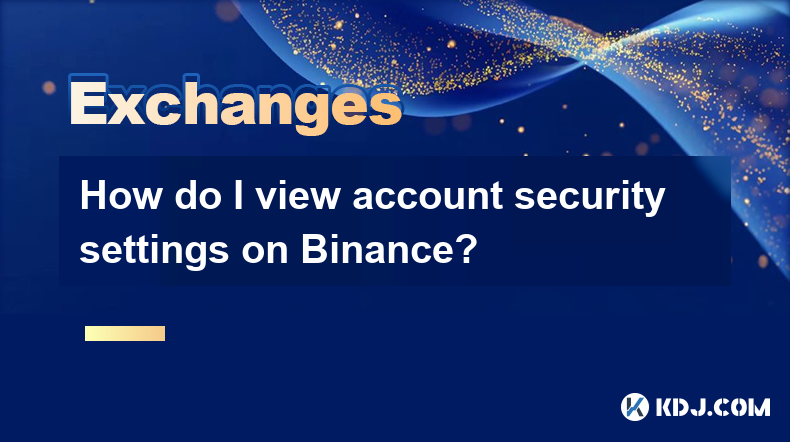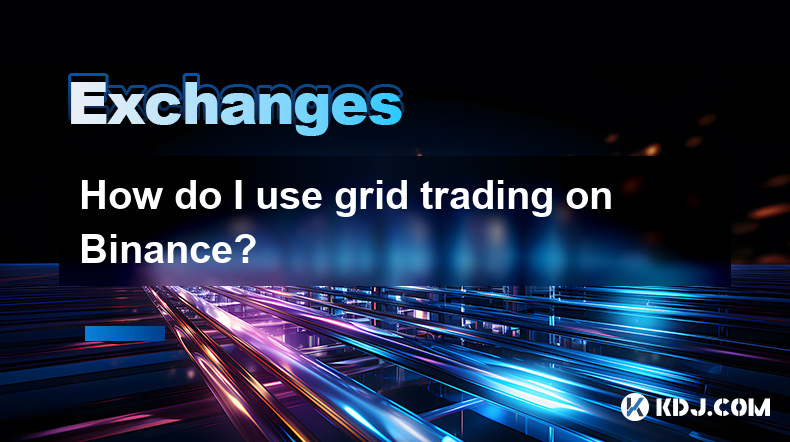-
 Bitcoin
Bitcoin $87,985.5737
0.72% -
 Ethereum
Ethereum $1,574.8026
-3.90% -
 Tether USDt
Tether USDt $0.9999
0.00% -
 XRP
XRP $2.0783
-1.83% -
 BNB
BNB $600.4630
-0.57% -
 Solana
Solana $138.7268
-1.43% -
 USDC
USDC $1.0000
0.00% -
 Dogecoin
Dogecoin $0.1604
-0.49% -
 TRON
TRON $0.2468
0.93% -
 Cardano
Cardano $0.6232
-2.68% -
 Chainlink
Chainlink $13.0447
-3.65% -
 UNUS SED LEO
UNUS SED LEO $9.1903
-2.36% -
 Avalanche
Avalanche $19.7884
-0.95% -
 Stellar
Stellar $0.2455
-2.64% -
 Toncoin
Toncoin $2.9136
-3.77% -
 Shiba Inu
Shiba Inu $0.0...01234
-3.12% -
 Sui
Sui $2.2351
0.79% -
 Hedera
Hedera $0.1701
-0.34% -
 Bitcoin Cash
Bitcoin Cash $343.8870
1.52% -
 Hyperliquid
Hyperliquid $18.4355
1.81% -
 Litecoin
Litecoin $78.5146
-0.23% -
 Polkadot
Polkadot $3.7235
-4.61% -
 Dai
Dai $1.0000
0.00% -
 Bitget Token
Bitget Token $4.4307
-2.55% -
 Ethena USDe
Ethena USDe $0.9992
-0.01% -
 Pi
Pi $0.6322
-0.72% -
 Monero
Monero $215.4354
-0.09% -
 Pepe
Pepe $0.0...07934
0.95% -
 Uniswap
Uniswap $5.2398
-3.49% -
 OKB
OKB $50.8827
-0.49%
What is the Binance withdrawal fee?
Binance withdrawal fees, comprising a Binance fee (in BNB) and a volatile network fee, vary greatly by cryptocurrency and network congestion; always check fees before withdrawal to budget effectively.
Mar 05, 2025 at 05:12 am

Key Points:
- Binance's withdrawal fees vary significantly depending on the cryptocurrency being withdrawn and the network used for the transaction.
- Fees are typically a combination of a flat fee in BNB and a network fee charged by the blockchain itself.
- The network fee (gas fee) is highly volatile and depends on network congestion.
- Understanding these components is crucial for budgeting and minimizing withdrawal costs.
- Binance occasionally offers promotions or discounts on withdrawal fees. Always check the current fee structure before initiating a withdrawal.
What is the Binance Withdrawal Fee?
Binance, one of the world's largest cryptocurrency exchanges, charges fees for withdrawing cryptocurrencies. Unlike deposit fees, which are usually waived, withdrawal fees are a standard practice. These fees ensure the security and operational efficiency of the network. The total fee is composed of two main parts: a Binance fee and a network fee.
Understanding the Binance Fee Component
The Binance fee is a fixed amount, often denominated in Binance Coin (BNB). This fee is charged by Binance itself and contributes to their operational costs. The exact amount varies greatly depending on the specific cryptocurrency you're withdrawing. For example, withdrawing Bitcoin (BTC) might have a higher Binance fee compared to withdrawing a smaller-cap altcoin. You can always find the exact fee on the Binance website before initiating your withdrawal.
Deciphering the Network Fee (Gas Fee)
The network fee, often referred to as a "gas fee," is a crucial part of the withdrawal process. This fee isn't charged by Binance; instead, it's a transaction fee paid directly to the blockchain network miners or validators who process your withdrawal transaction. The network fee fluctuates significantly based on the level of network activity. High network congestion leads to higher gas fees, while low congestion results in lower fees. This variability makes predicting the exact network fee challenging.
How to Check the Withdrawal Fee Beforehand
Before initiating a withdrawal, always check the total fee displayed on the Binance platform. This total fee incorporates both the Binance fee and the estimated network fee. Binance usually provides an estimate of the network fee, but it's important to understand that this is just an approximation. The actual network fee might slightly differ depending on network conditions at the time of transaction confirmation. Always double-check this information before confirming your withdrawal.
Factors Influencing Withdrawal Fees
Several factors influence the total withdrawal fee you'll pay. These include:
- The Cryptocurrency: Different cryptocurrencies have different network fees and Binance fees. Bitcoin (BTC) typically has higher fees than smaller altcoins due to higher network demand and transaction size.
- Network Congestion: High network congestion (many transactions happening simultaneously) results in higher network fees. Conversely, low congestion leads to lower fees. This is especially true for blockchains like Ethereum, known for fluctuating gas fees.
- Withdrawal Amount: While not always directly proportional, larger withdrawal amounts might sometimes lead to slightly higher network fees. This is because larger transactions require more computational resources to process.
- Withdrawal Method: Different withdrawal methods, such as withdrawing to a specific wallet address, might have different fee structures compared to using a third-party service. Always review the specific details of your chosen method.
Step-by-Step Guide to Checking Binance Withdrawal Fees
Here's a step-by-step process to check your withdrawal fees before initiating a transaction:
- Log in to your Binance account: Access your Binance account using your credentials.
- Navigate to the "Wallet" section: Find the wallet section within your Binance account.
- Select "Withdrawal": Locate the withdrawal option within the wallet section.
- Choose the cryptocurrency: Select the cryptocurrency you wish to withdraw.
- Enter the withdrawal amount and recipient address: Provide the amount you wish to withdraw and the recipient's wallet address.
- Review the displayed fees: Binance will display both the Binance fee and the estimated network fee. Review these fees carefully before proceeding.
- Confirm the withdrawal: Once you are satisfied with the displayed fees, confirm the withdrawal to initiate the transaction.
Frequently Asked Questions
Q: Can I reduce Binance withdrawal fees?
A: While you can't directly control the network fee, you can sometimes reduce the total fee by withdrawing during periods of low network congestion. Using BNB to pay the Binance fee can sometimes offer discounts.
Q: What happens if the estimated network fee is inaccurate?
A: The actual network fee might differ slightly from the estimate provided. Binance typically provides a range, but unexpected spikes in network congestion could result in higher fees than initially anticipated.
Q: Are there any circumstances where Binance waives withdrawal fees?
A: Binance rarely waives withdrawal fees. Promotional offers or discounts might exist, but these are temporary and not guaranteed. Always check for current promotions.
Q: What should I do if I encounter unusually high withdrawal fees?
A: If the fees seem excessively high, check the network status of the blockchain you're using. High congestion can cause spikes in fees. You might consider waiting for a period of lower congestion before attempting the withdrawal. Also, verify that the recipient address is correct to avoid unnecessary transactions.
Q: Why are withdrawal fees necessary?
A: Withdrawal fees cover the operational costs associated with processing and securing transactions on the blockchain. They also contribute to the maintenance and development of the Binance platform. These fees are a standard practice across most cryptocurrency exchanges.
Disclaimer:info@kdj.com
The information provided is not trading advice. kdj.com does not assume any responsibility for any investments made based on the information provided in this article. Cryptocurrencies are highly volatile and it is highly recommended that you invest with caution after thorough research!
If you believe that the content used on this website infringes your copyright, please contact us immediately (info@kdj.com) and we will delete it promptly.
- Coinbase Listing Sparks Speculation Tied to Trump’s SEC Pick
- 2025-04-22 12:40:11
- Hyperlane testnet successfully launched on Binance Wallet & Binance HODLer App.
- 2025-04-22 12:40:11
- The Bitcoin price rise to $87,000 created contrasting profitability outcomes between investors in the market.
- 2025-04-22 12:35:12
- Base chain daily coin issuance exceeds Solana
- 2025-04-22 12:35:12
- From Sony's new web3 project to new updates from Bybit, here's a roundup of the top crypto stories you may have missed.
- 2025-04-22 12:30:11
- Decentraland [MANA] Breaks Key Overhead Resistance, Surges by 8% Within a Day
- 2025-04-22 12:30:11
Related knowledge

How do I contact customer service on Binance to resolve issues?
Mar 16,2025 at 04:30am
Key Points:Binance's customer service is primarily self-service, relying heavily on its help center and FAQs.Direct contact methods are limited, with email support being the most common route for non-urgent issues.Urgent issues may require using the in-app support system, though response times can vary.Understanding Binance's support structure and utili...

How do I view the latest announcements and events on Binance?
Mar 18,2025 at 10:18pm
Key Points:Binance utilizes multiple channels for disseminating announcements and events.The official Binance website is the primary source.Binance's social media platforms offer timely updates.Email subscriptions keep users informed about relevant announcements.Third-party aggregators can supplement official channels but require caution.How Do I View t...

How do I set up a subaccount on Binance?
Mar 14,2025 at 01:50pm
Key Points:Binance does not offer traditional "subaccounts" in the sense of separate accounts with independent logins under a master account.Instead, Binance offers features like user-defined labels for better portfolio management and API keys for automated trading. These provide functionality similar to subaccounts.Setting up these features involves na...

How do I view the list of supported currencies on Binance?
Mar 15,2025 at 05:35am
Key Points:Binance supports a vast and frequently updated list of cryptocurrencies. There's no single, static list.Finding supported currencies requires navigating Binance's website or app interfaces.Different sections of the exchange show different subsets of supported currencies (e.g., trading, staking, etc.).The availability of specific cryptocurrenc...

How do I view account security settings on Binance?
Mar 15,2025 at 08:40pm
Key Points:Binance's security settings are spread across multiple sections of your account. This article will guide you through each crucial area.Understanding and implementing these settings is paramount to protecting your cryptocurrency assets.We'll cover two-factor authentication (2FA), withdrawal whitelists, and other essential security features.Reg...

How do I use grid trading on Binance?
Mar 14,2025 at 04:25pm
Key Points:Grid trading on Binance involves automatically buying low and selling high within a defined price range.Binance offers a built-in grid trading bot, simplifying the process.Setting up a grid bot requires defining parameters like price range, grid quantity, and investment amount.Risk management is crucial, as losses are possible despite the aut...

How do I contact customer service on Binance to resolve issues?
Mar 16,2025 at 04:30am
Key Points:Binance's customer service is primarily self-service, relying heavily on its help center and FAQs.Direct contact methods are limited, with email support being the most common route for non-urgent issues.Urgent issues may require using the in-app support system, though response times can vary.Understanding Binance's support structure and utili...

How do I view the latest announcements and events on Binance?
Mar 18,2025 at 10:18pm
Key Points:Binance utilizes multiple channels for disseminating announcements and events.The official Binance website is the primary source.Binance's social media platforms offer timely updates.Email subscriptions keep users informed about relevant announcements.Third-party aggregators can supplement official channels but require caution.How Do I View t...

How do I set up a subaccount on Binance?
Mar 14,2025 at 01:50pm
Key Points:Binance does not offer traditional "subaccounts" in the sense of separate accounts with independent logins under a master account.Instead, Binance offers features like user-defined labels for better portfolio management and API keys for automated trading. These provide functionality similar to subaccounts.Setting up these features involves na...

How do I view the list of supported currencies on Binance?
Mar 15,2025 at 05:35am
Key Points:Binance supports a vast and frequently updated list of cryptocurrencies. There's no single, static list.Finding supported currencies requires navigating Binance's website or app interfaces.Different sections of the exchange show different subsets of supported currencies (e.g., trading, staking, etc.).The availability of specific cryptocurrenc...

How do I view account security settings on Binance?
Mar 15,2025 at 08:40pm
Key Points:Binance's security settings are spread across multiple sections of your account. This article will guide you through each crucial area.Understanding and implementing these settings is paramount to protecting your cryptocurrency assets.We'll cover two-factor authentication (2FA), withdrawal whitelists, and other essential security features.Reg...

How do I use grid trading on Binance?
Mar 14,2025 at 04:25pm
Key Points:Grid trading on Binance involves automatically buying low and selling high within a defined price range.Binance offers a built-in grid trading bot, simplifying the process.Setting up a grid bot requires defining parameters like price range, grid quantity, and investment amount.Risk management is crucial, as losses are possible despite the aut...
See all articles























































































